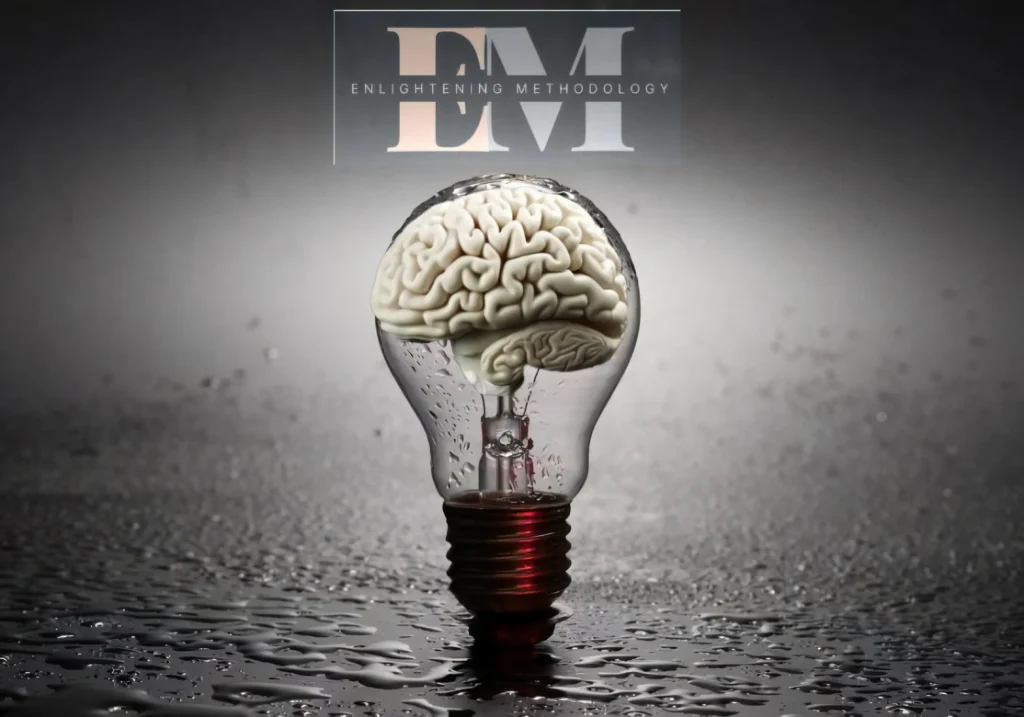Emergency departments are busy places where staff must make quick choices with limited or changing information. They use both paper notes and computer systems to record patient details. Rules sometimes make it hard to be flexible, and the need to treat patients right away can cause mistakes in sharing information.
Professor Thierry Morineau and his team at the University of Southern Brittany found a problem called the “tunnel” effect. This happens when staff focus too much on one patient and miss other important information. Communication and managing tasks can also break down. Morineau’s team suggested using simple tools that allow flexibility instead of strict rules. They tested a basic reception card for recording patient details and found it helped with patient flow and cut down on complicated computer use. This shows that even simple ideas can help.
In U.S. emergency departments, many patients, staff shortages, and strict rules cause similar problems. Crowding and long waits make managing patient information harder. Digital tools that adapt quickly might help by giving real-time, accurate patient data and decision support.
Advancements in AI-Powered Patient Information Systems
AI technologies help change how emergency departments work, especially in deciding which patients need care first. Research by Adebayo Da’Costa shows that machine learning can look at patient data like vital signs, history, and symptoms to assess risks more consistently.
These AI systems help reduce guesswork in deciding patient priority. During busy times or disasters, this consistency is very useful. AI can quickly study large amounts of data, spotting patients who need quick care and those with lower risk. This helps reduce waits and uses resources better, letting staff focus where they are most needed.
Natural Language Processing (NLP), a part of AI, helps understand written notes from doctors and patients that are hard to code. NLP finds useful information in these notes, helping make better triage decisions and improve communication among care teams.
Even though AI offers benefits, using it is not without problems. Problems with data quality and bias in algorithms may make AI results less reliable. Also, doctors need to trust these AI tools. Without trust, they may avoid using AI recommendations, limiting its usefulness.
AI Answering Service Uses Machine Learning to Predict Call Urgency
SimboDIYAS learns from past data to flag high-risk callers before you pick up.
Health Informatics’ Role in Emergency Department Communication and Decision-Making
Health informatics uses technology to handle medical data and improve care. It combines nursing, clinical knowledge, and data science to collect, store, and use patient info well.
In emergency departments, good informatics systems let nurses, doctors, managers, and insurance workers quickly access medical records. Fast access to correct information helps make better decisions and coordinate care.
Researchers Mohd Javaid, Abid Haleem, and Ravi Pratap Singh note that health informatics helps share information fast. This is very important in emergencies where quick communication can change patient results. These systems can also support telemedicine, allowing remote doctor visits and data sharing, which helps during busy times.
More U.S. hospitals use electronic health records (EHR) combined with informatics tools. This should improve work and patient care. Still, challenges like making systems work together and keeping data safe must be solved.
Practical Digital Innovations: Lessons from the Reception Card Approach
Professor Morineau’s work at Atlantic Brittany Hospital Centre shows a simple tool can help nurses. The reception card served as an external memory aid to record and share patient info fast, even with interruptions and noise. It also kept sensitive info more private because nurses spoke less aloud.
Seven out of ten nurses said the card helped patient flow and task coordination during a 10-month test. The card allowed doctors and nurses to record structured data while being flexible enough for emergency situations.
This example shows digital tools don’t need to be complex to work well. In many U.S. emergency departments, where patient numbers are high and technology use varies, adding simple tools alongside computers might improve use and reliability.
AI and Workflow Automation in Emergency Department Operations
AI also helps automate tasks in emergency departments. For example, AI systems like Simbo AI handle phone calls, set appointments, and do initial patient screening using smart conversations.
This automation eases pressure on front-office staff and makes collecting patient info more consistent. Many errors and delays happen at first contact, so getting accurate info early helps triage and treatment work better.
AI tools also predict busy times and patient arrivals. This helps schedule staff and manage resources better, making sure treatment rooms and personnel match patient needs.
These systems improve data accuracy and privacy by reducing spoken sharing of sensitive details in noisy or public areas, protecting patient information.
Still, adding AI automation needs careful planning. U.S. emergency departments must consider laws about data security (like HIPAA), train staff, and keep a good mix between AI and human contact to keep patients happy and trusting.
Burnout Reduction Starts With AI Answering Service Better Calls
SimboDIYAS lowers cognitive load and improves sleep by eliminating unnecessary after-hours interruptions.
Addressing Ethical and Practical Concerns
As digital tools grow in emergency departments, concerns about ethics, bias, and transparency come up. For example, AI triage might unintentionally favor some patients if it is trained on data that does not include enough variety. This can cause uneven care.
Healthcare leaders should focus on fair system design and clear ways to check AI decisions. Involving doctors during development builds trust and practical improvements.
Data privacy and system compatibility are very important. Emergency departments handle sensitive patient information protected by federal law. Digital tools must follow rules while allowing smooth data sharing across hospitals.
AI Answering Service Responds to Dialysis Emergencies First
SimboDIYAS handles late-night access alarms and hospital calls automatically.
Future Directions in Digital Emergency Patient Information Management
In the future, combining wearable devices with AI triage could monitor patients continuously. This would send real-time data to decision systems, helping detect problems early and reduce wait times.
Training emergency staff about AI and informatics will help them use these tools better. Workshops and adding these topics to hospital rules can make adoption easier and improve care.
Making ethical rules and best practices will help ensure AI supports fairness and respects all patients in U.S. emergency departments.
Patient information management in U.S. emergency departments will likely mix simple tools with advanced AI systems. Research from other countries and growing informatics skills show that digital tools can reduce paperwork, improve communication, help with fair triage, and support better care. Hospital leaders and IT managers should think about these changes to prepare for the coming years.
Frequently Asked Questions
What is the primary focus of Professor Thierry Morineau’s research?
Morineau’s research focuses on adapting work analysis methods to design cognitive aids that assist decision-making and action in emergency situations, particularly in triage units within hospital emergency departments.
What challenges do emergency departments (ED) face in triage procedures?
Emergency departments face challenges such as high pressure, fluid situations, poor communication, and the need to balance compliance with the urgency of patient care.
What is the difference between compliance-based and affordance-based procedures?
Compliance-based procedures are rigid and documentation-heavy, while affordance-based procedures allow for more flexibility and adaptability to meet immediate needs in dynamic environments.
What is heuristic cognitive work analysis (hCWA)?
Heuristic cognitive work analysis (hCWA) extends traditional cognitive work analysis to accommodate flexible and loosely coupled work systems, highlighting constraints that shape work processes in dynamic settings.
How did Morineau’s team observe the workflow in the ED triage unit?
Morineau and his team conducted functional workspace analysis by observing the triage unit during busy periods, focusing on staff interactions, constraints, and how they handled workflows.
What were the main constraints identified in the ED triage unit?
The three main constraints identified were patient care focus leading to information tunnel effects, task management issues, and communication breakdowns among staff.
What innovative solution was developed to assist triage staff?
Morineau’s team designed a simple reception card to streamline patient information capture, enhance communication among nurses, and reduce the risk of information loss.
What were the outcomes of implementing the reception card?
Ten months after implementation, seven out of ten nurses reported positive impacts, including improved patient inflow, reduced interruptions, and the desire to continue using the card.
What potential benefits does the reception card provide?
The reception card helps in coordinating tasks among nurses, offers an external memory to cope with interruptions, accelerates patient processing, and maintains confidentiality of patient information.
How could digital technology enhance the reception card’s effectiveness?
While the reception card is effective in its paper form, future research could explore whether digital tools like touch tablets would add value in managing patient information more efficiently.
The post The Future of Patient Information Management: Analyzing the Potential of Digital Tools in Emergency Department Operations first appeared on Simbo AI – Blogs.




